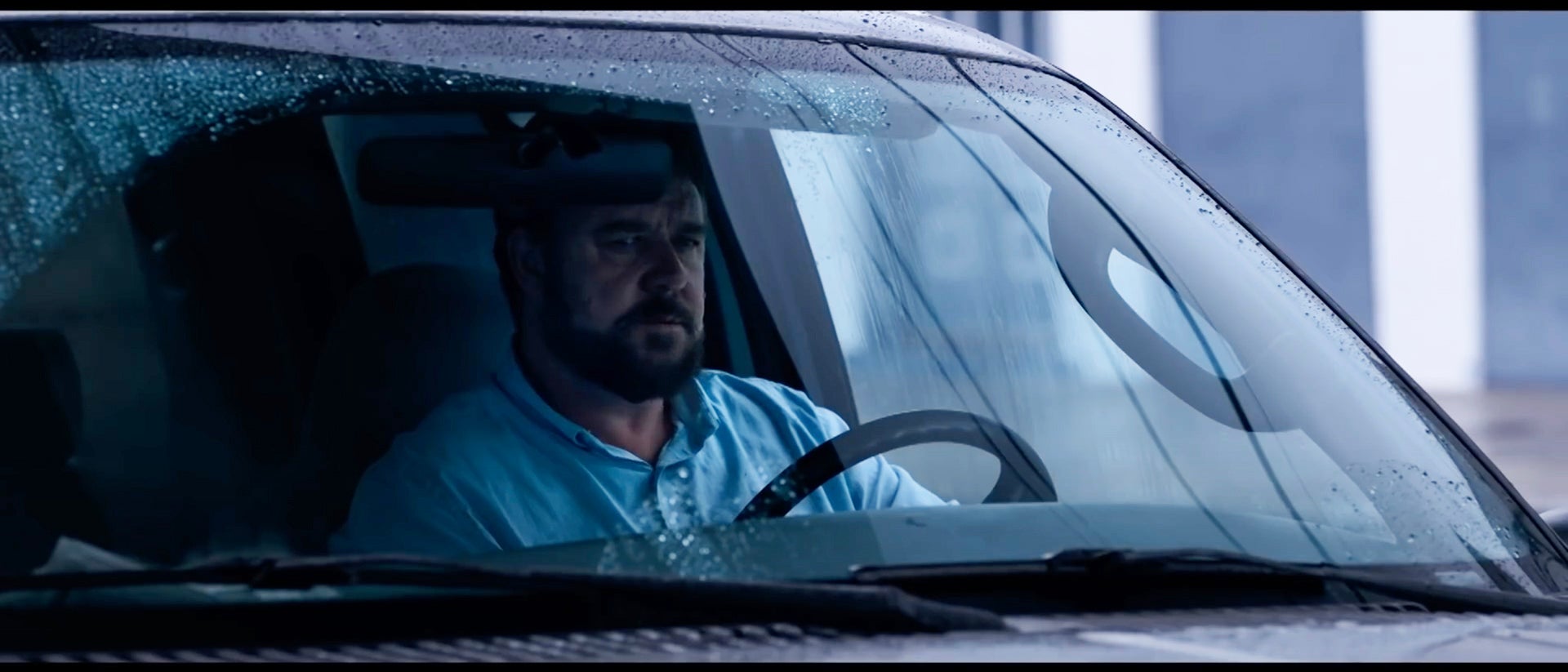
11-25-2020 - Case Study, Gear, Technology
A Conversation between DP Brendan Galvin and Director Steven Bernstein - Part 2 - "Unhinged"
By:
This is a continuation of the conversation between DP Brendan Galvin and Director Steven Bernstein. Galvin recently shot the feature Unhinged on the Sony VENICE.
Part 1 of this conversation can be found here.
Steven Bernstein: Tell me about your most recent film, Unhinged.
Brendan Galvin: Unhinged was directed by Derrick Borte for Solstice Studios, it's a new studio in Los Angeles, so it was a big deal for them as it was their first movie. My agent sent me the script. I read it and liked it, and I loved the fact that Russell Crowe was cast in it.
Steven: What is it about?
Brendan: It's a road rage film. A thriller, a good one.
UNHINGED - Official Trailer Starring Russell Crowe
Steven: When you first got the script, what attracted you to the story? Did you see any opportunities? Problems? Did you have questions for the director?
Brendan: I immediately felt that I could do something good with Derrick. That was based on just a feeling. He just seemed like a good guy who really wanted to make a good film and that's all I want. I know people talk about the script, the script, the script. It is important. But no viewer is going to read the script. They're going to see what you've done with the script.
Steven: So what were your thoughts after first meeting the director?
Brendan: It’s really important to me that you just feel that the director is in it for the same reason you're in it, which is to make a good movie. I liked the simplicity of the story. It’s just one person pursuing another. Simple is a good place to begin. And then build complexities on top of those simple story elements. The challenge was that most of the film takes place in cars. And the whole story happens in one script day. And the film was shot in New Orleans in summertime. So, there were practical challenges that needed creative solutions.
Steven: Tell me about those challenges.
Brendan: The first challenge for me as a DP was that it all takes place in one script day. And New Orleans weather in the summertime is very hot. And, it's hurricane season. You get everything from scorching hot sunshines to monsoon rain within the space of a few hours. You're constantly having to shut generators down because lightning is closer than six miles. And it was a short shoot. Only 30 days to shoot it. So not a lot of time to fix problems or wait out weather. And shooting in cars is really shooting exteriors. You have light change issues and it’s very hot inside cars in the summer. You can't have the AC on because of the sound. No director likes being out on roads trying to get a performance from somebody in a hundred and five degrees of heat with ninety five percent humidity. The actors were just dripping. Make-up had an impossible job. Caren Pistorius who played Rachel, literally had ice packs all down her back and was sitting on them. Russell loved the fact that we didn’t have AC. He loved that it was that hot, it helped him with his character.
We had three cameras with three camera crews for the whole shoot. We ended up choosing the Sony VENICE camera. It was my first time using it. When I start a job, I choose whichever camera is appropriate for that job. Generally, one isn't better than the other. They're just different. I treat each one as a different film stock. What I loved about the Sony VENICE was that it had a larger sensor. I loved the fact that you could have dual base ISO if you needed it and you could also take advantage of the 2500 ISO.
Steven: And by dual, base you mean you can switch between them?
Brendan: Yes, it's a complete software reset. You can shoot at the lower base ISO of 500 or you can shoot at the higher 2500 ISO and it absolutely allows you to cut between them. You don't have to do anything. You just hit a switch. It's ready to go and it works.
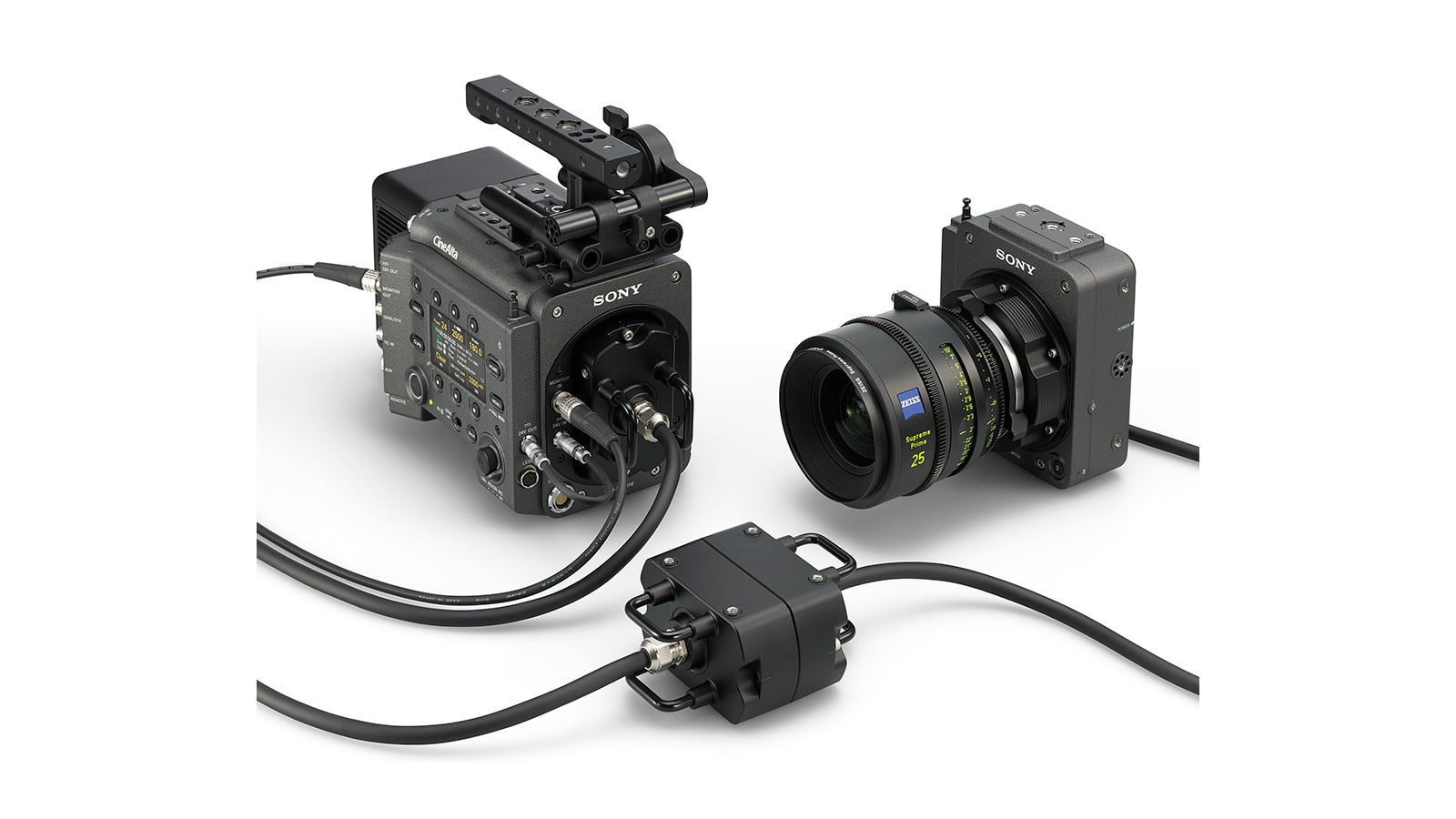
Sony VENICE with Rialto Extension System
Steven: What else did you like about it?
Brendan: Another thing that comes with the Sony VENICE is the Rialto Rig, which means you can take the back off the camera and just use the front and there’s an umbilical cord that connects to the back. So, the part you are using in the car is super small.
Steven: So that’s why you chose the VENICE?
Brendan: Yeah. It was the right camera for the job. The only thing we did with it that was a little different because I didn't like stopping to put the Rialto Rig on and off, was to always leave one of the cameras with the Rialto Rig connected on a long sliding base plate. So, it was always ready to go. It just saved time and it also saved us from damaging the pins.
Steven: How were the skin tones on the camera?
Brendan: Great. Sweat was a far bigger issue to the skin tones than the camera.
Steven: Did you do a test with the VENICE before you decided to use it?
Brendan: Well for me the first part of any testing I do is I phone people I know whom I trust. What I was hearing about the VENICE was good.
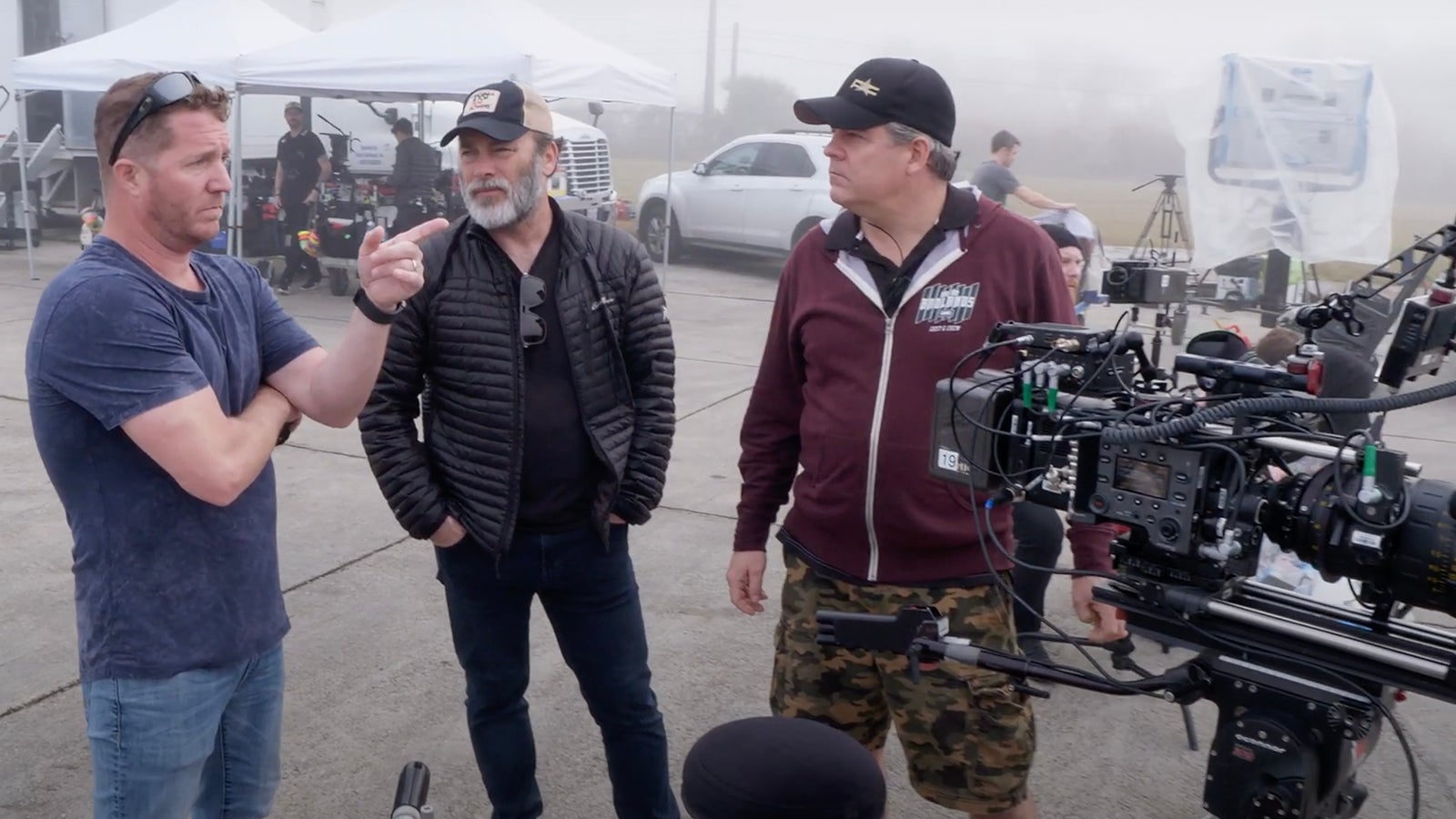
Director Derrick Borte, center
Steven: What I’m trying to ask is was there a look that you were going for that the VENICE matched?
Brendan: Look, having the Rialto Rig was a huge help and I liked the bigger sensor.
Steven: For people reading this who might not know, what's the advantage of a big sensor?
Brendan: For me the biggest thing is the reduction of depth of field. Like in stills photography, with a four by five inch camera, there's very little depth of field compared to a 35-millimeter camera. So, the larger the image area or the sensor, the less the depth of field. That can be nice. Also, the ability to mount so many different lenses on cameras now allows me to create different looks. I used a set of old Leica R still lenses that were rehoused.
Steven: I love those Leica R lensestoo. Why did you choose those lenses?
Brendan: Because I love them. There's just something about Leicas.
Steven: Did you mount the Leica lenses directly on the VENICE? Or did you have to get a special mount?
Brendan: No they have PL mounts and were rehoused for cinema with proper spacing for the first A/C.
Steven: Was there ever a problem with flare? I mean with those old lenses, sometimes the lack of coating doesn’t protect you against severe flare.
Brendan: There was flare. When I was an assistant flare was something nobody wanted. It was a mistake, and for some people a fireable mistake. Now people think differently. You know yourself with anamorphics that's half the reason a lot of people want them, because they love the flare. I think that good lens manufacturers have become very clinical. Maybe they always have been. They are lens manufacturers after all; but I think a lot of lenses now are too technically perfect. So, people in the camera department have become adept at making perfect lenses less than perfect. Less than perfect, but better for the film. You see it’s not about perfect, it’s about the impact the image has on an audience, and sharp and clean might undermine the emotional impact of a scene.
Steven: On Magic City, the coatings were literally removed from the lenses to create the same optical quality as the lenses that shot The Godfather. I had to adjust my lighting and my instincts to shoot with them. But they created a great look.
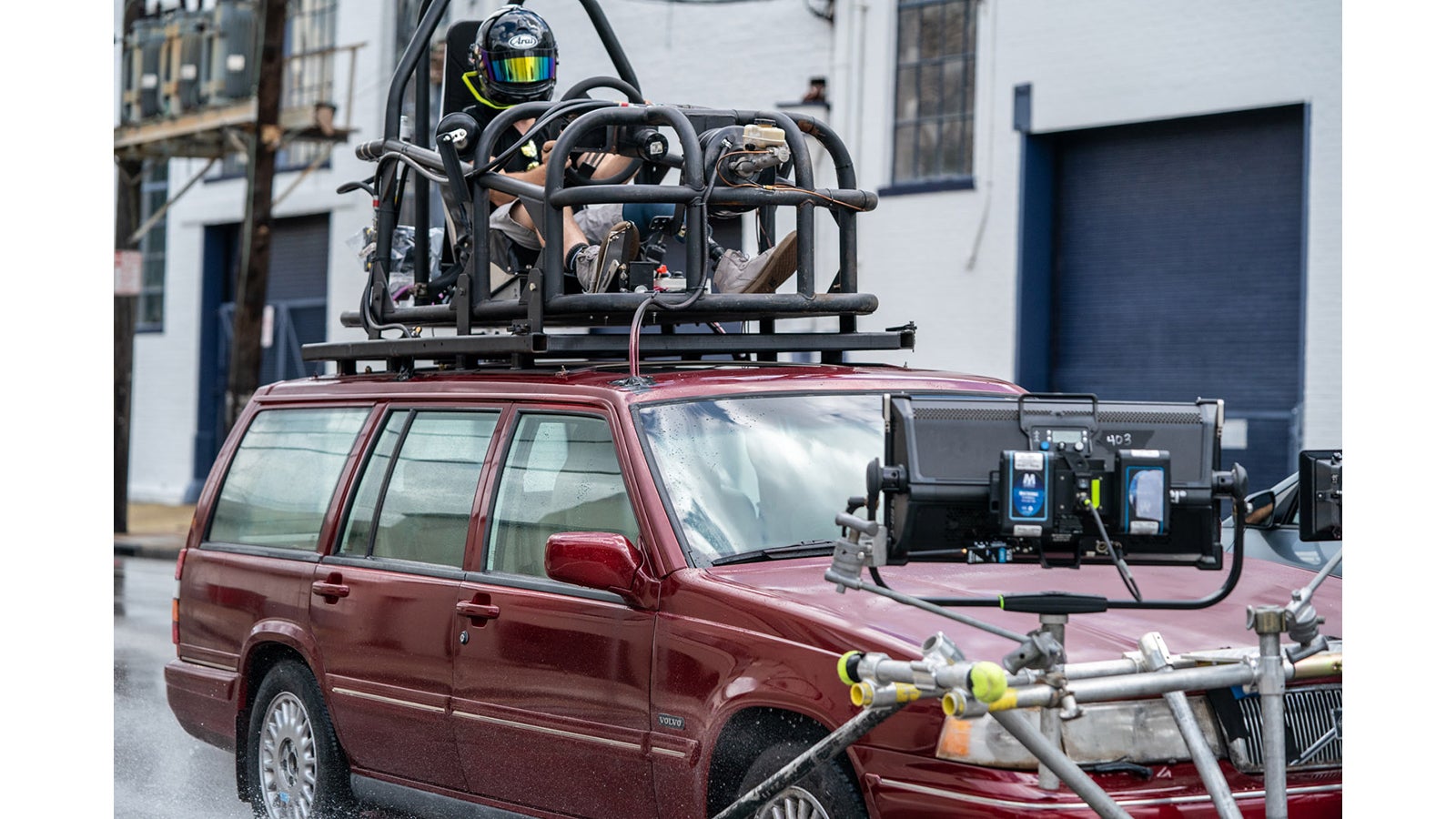
Passenger car with "pod" on top
Steven: Tell me about the lighting on Unhinged. Did you use a process trailer or a tow vehicle? Tell me how you shot the cars and how you lit them.
Brendan: Personally, I hate process trailers, and I've yet to meet anybody who likes them. And that's not just DP’s. It’s actors and producers too.
Steven: What don’t you like about them?
Brendan: You can’t go as fast in traffic as you can in an ordinary car. It just never looks natural on a process trailer. We wanted to make the driving as real as possible so we decided not to use process trailers. But we did consider shooting on a stage and using LED screens behind the cars.
Steven: I have done that and like it.
Brendan: We didn’t do it; we investigated it.
Steven Bernstein: I liked it. The LED’s have an image like a rear screen projection used to be, or a front screen projection. Someone shoots those plates for you first, so you can actually see what the composite image looks like, right there on your monitor. You then have some moving lights on the stage that sweep across the car, and it really does look like you are outside.
Brendan: Yes. But for me one of the difficulties of those systems is the plates. Because to me, the plates should be stabilized and getting 360 degree plates stabilized isn’t easy. It can be done but you need to have quite a bit of lead time to get those done correctly. We just decided collectively that it would be better to do it real.
For the coverage in the cars we had a few different things. We had the Russian arm, which is a truck mounted stabilized moveable arm, that could get a variety of shots from outside the car. On the car we used a beam mounted on the hood for one camera and hostess trays outside the driver and passenger windows for other cameras.
Steven: But you would have lights mounted as well, so obviously the actor couldn’t be driving?
Brendan: Usually not. We had “pods” mounted on top of the car, out of the shot, where a stunt driver would have all the car controls; steering wheel, brakes, etc., and would drive and control the car from there. Pods work great. The actor “driving” looks completely natural as does the traffic around the car. As for lights, I rarely used them on the car.
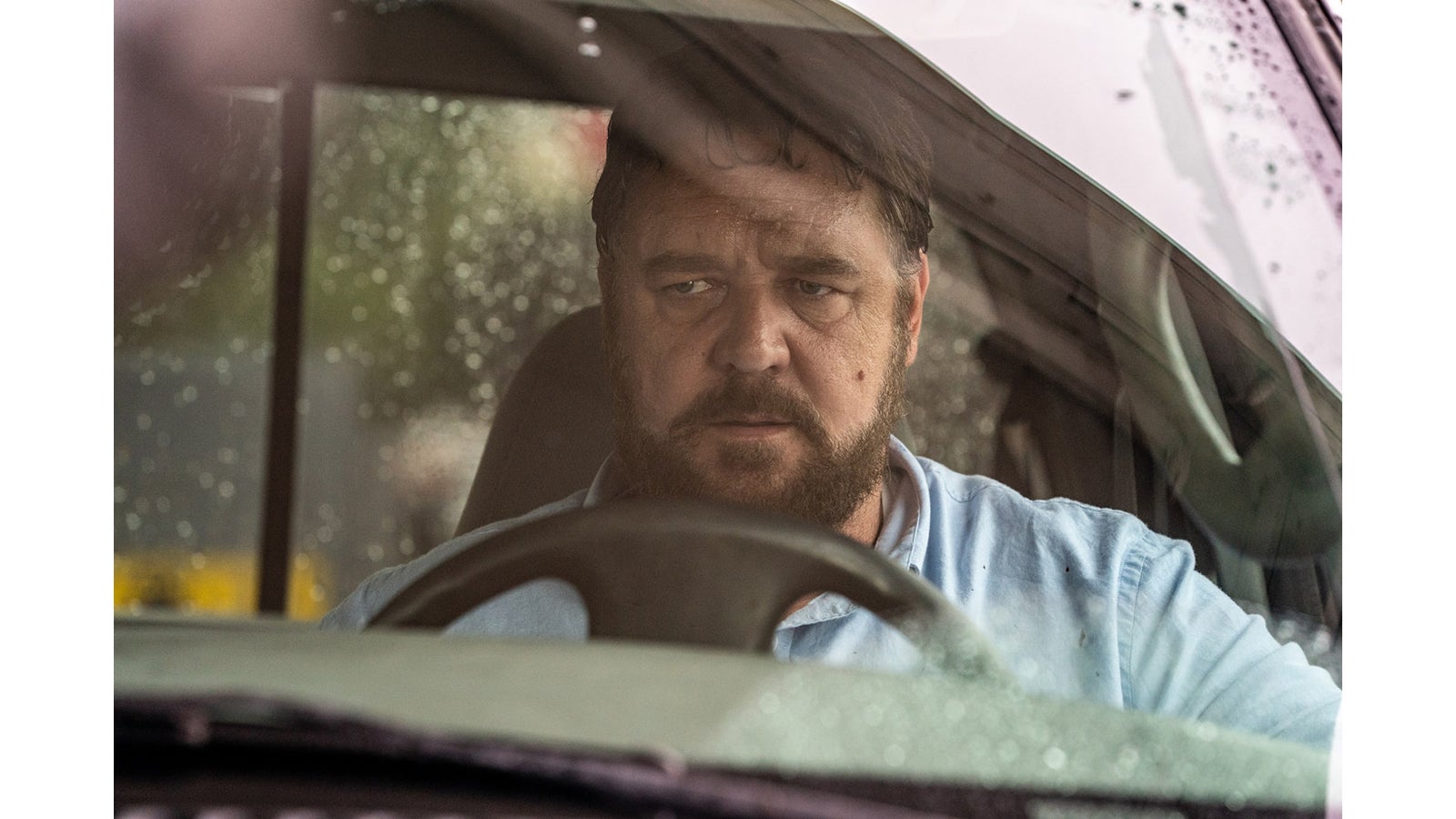
Steven: So you had a set up with Russell Crowe in a car, a pod driver on top of the car. A bonnet beam with a couple of cameras pointed at the actor?
Brendan: Well sometimes Russell did his own driving. When he was, I was careful not to mount anything in front of him that would obstruct his view.
Steven: How did you deal with the windshield ?
Brendan: I used polarizers to see through the glass and kill flare, but still sometimes in certain directions, because of the angle of the glass, the sun would be shining down the lens. We would pick roads and directions to give us the best result with the glass.
Steven: With the windshield, and some flare and not using lights much, did you ever worry about missing performance? Was sound an issue? Were there other issues you had to deal with technically?
Brendan: The weather was the biggest issue. We would get rain sometimes. But you would never be fully sure as to when you would get it. You couldn’t dry out the background. So, we would do the opposite by doing a wet down first thing. So, if it did rain later, the background would match and we just put raindrops on the window. Continuity wasn’t perfect, but for most audience members, it worked.
Steven: How would you and the director judge the quality of the shot if you weren’t right there, with the cameras mounted on the car and Russell driving?
Brendan: We had wireless transmitters and a video set-up in a van. The van would either lead or follow the hero car. We also had remote irises on every camera, so we could adjust the stop without stopping or leaving the van. The DIT and the sound set-up was also in that van with us. I think this is the only efficient way to shoot car material; with the camera department and the sound crew in a purpose-built vehicle driven by a stunt driver.
Steven: Would you use any diffusion over the car? Or any lights at all in special circumstances?
Brendan: We did use some lights. An LED Skypanel, which like all of the lights we chose we could run on batteries. Again, a lot of what we did and our choices of equipment were dictated by the limitations of the weather, the schedule and what we had to do. I honestly believe that you need limitations. Having choices isn't necessarily a better thing.
Steven: Where was the Skypanel mounted? Did you have something inside the car? Where would you put it?
Brendan: I hate lights inside the car. I don’t ever believe them. Maybe sometimes at night, a little Micro flow to look like a light from the dashboard. As for the Skypanel, it would be on the hood, right through the glass. Very soft and at a low level. Just to fill in the face, but only when we were using the pod, so that the actors weren’t endangered.
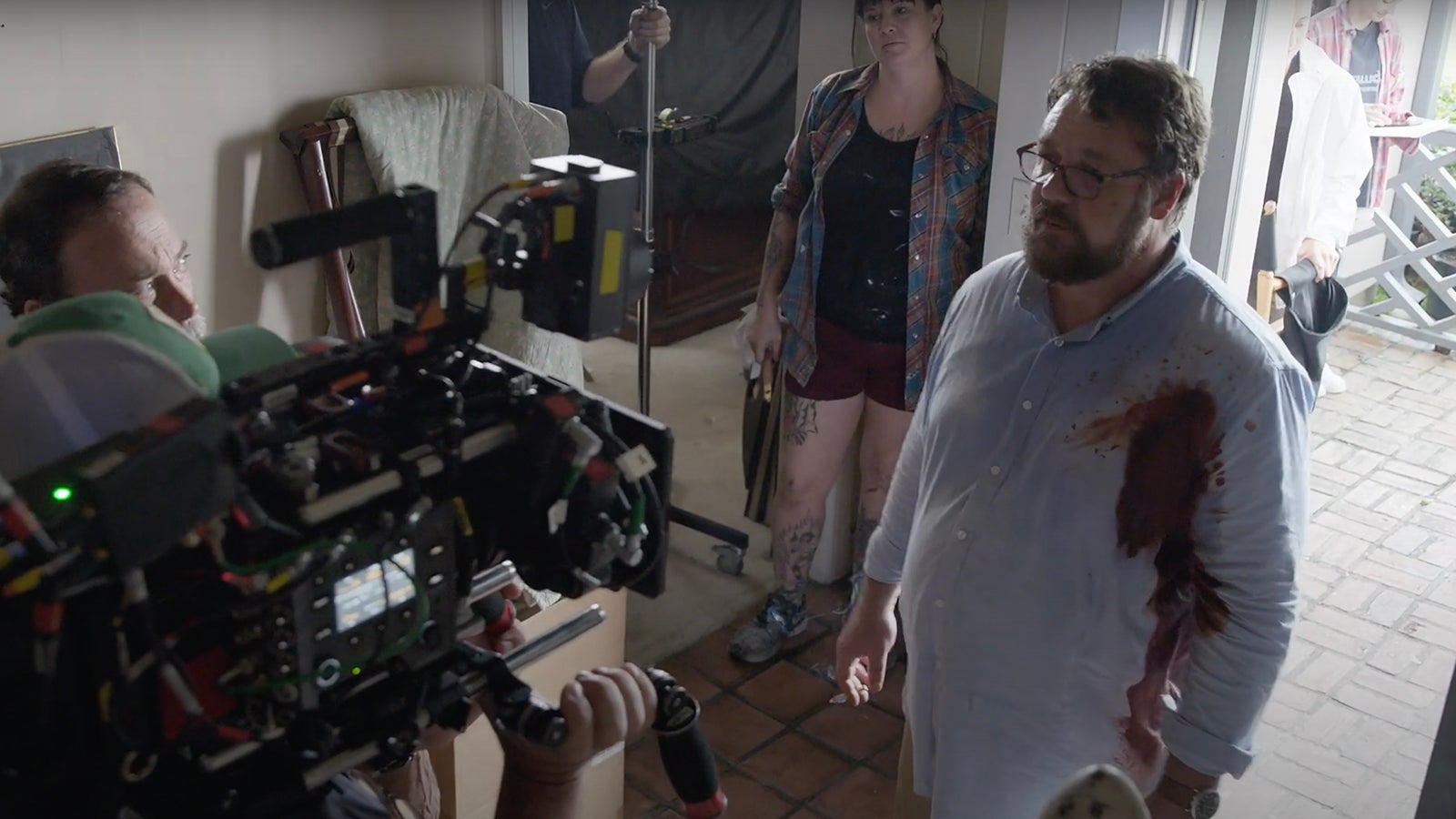
Steven: If the story was all in one day, and the light would change over the course of the day, how would you make the light match so it was right for the time that was being portrayed in the story?
Brendan: Well, at the beginning of the day if we had a slightly accurate weather forecast, we would make choices on what we would shoot and in what order. It meant we had to be prepared and flexible, but the director, the production designer, the production, the locations, they all signed up for this. We tried to find a stretch of road in our scouting, and found one under a bit of the freeway, which gave us some protection from changing weather and changing lighting conditions. Still we had to sometimes just keep shooting in less than ideal circumstances. Films have changed. Very few DP’s have the luxury of sitting, waiting for two hours for the sun to move to the best possible angle.
Steven: On Lawrence of Arabia, didn’t David Lean and DP Freddie Young wait three days to get the shot of Ali (Omar Sharif) coming out of the desert?
Brendan: Yeah, but that can be an energy sucking thing on other films. It was great in that one. As I said, Russell loved having that heat and the sweat. But also loved the speed we shot at. We didn’t spend a lot of time changing equipment and lights between set-ups. We were always moving, always shooting. It worked for the film and for the performance.
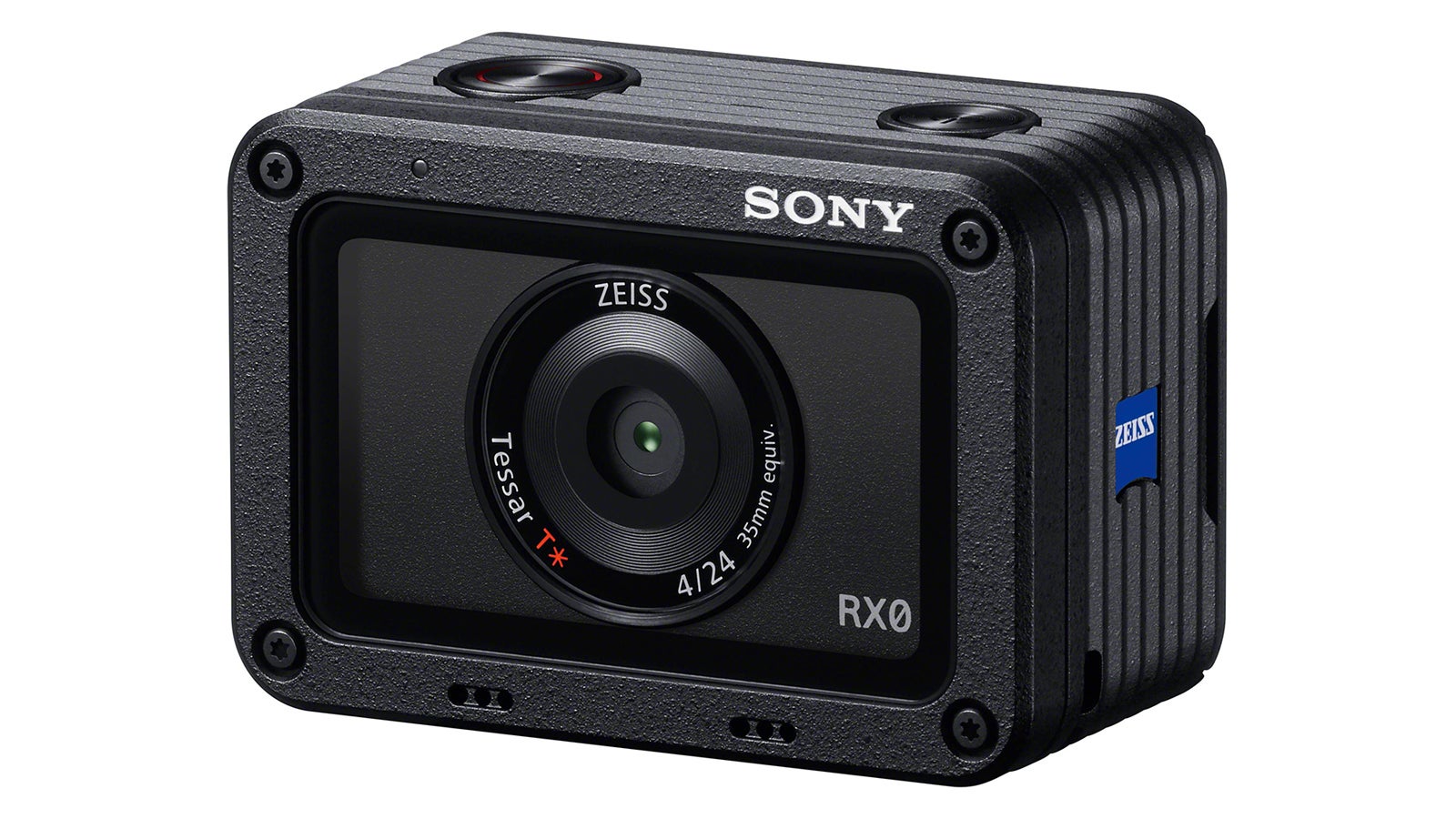
The Sony RX0
Brendan: By the way, just a last little thing. Sony made these little cameras called the RX0. They are about the size of a GoPro but with a 24 mm Zeiss lens and they have Super 35 mm sensors. We used them a lot and I love them. We had three with separate recorders that we used for all our stunts and even on our hero cars. We might stick one on any mount to get a shot of a wheel or some other detail. I said to the crew, if anyone can think of a good place to put one of them for a sequence, to speak up, we are a team. We wouldn’t use the shots they produced for long, but they gave us some great shots and if they were hit by a car and got launched into the air they continued to work. So, you didn’t have to risk an expensive camera for a stunt sequence. You could hide them anywhere and unlike the GoPro, they have a normal lens. Not a fisheye.
Steven: How’s the quality?
Brendan: The same as 422. It's not like 12 or 14 bit, but for stunt stuff it's incredibly good. I even got one of them adapted to put an old C mount on it so I could use C-mount lenses and then you don’t have to fight with auto-focus. They were great little cameras for what we needed.
About the author:
Steven Bernstein, DGA, ASC, WGA is an ASC outstanding achievement nominee for the TV series Magic City. He shot the Oscar winning film “Monster,” “Kicking and Screaming,” directed by Noah Baumbach, “White Chicks” and some 50 other features and television shows. The second film he wrote and directed, “Last Call,” stars John Malkovich, Rhys Ifans, Rodrigo Santoro, Zosia Mamet, Tony Hale, Romola Garai and Phil Ettinger, is scheduled for release November 25 in selected cities.
Steven can be followed at Stevenbernsteindirectorwriter on instagram where he regularly posts short insights and illustrations about filmmaking.
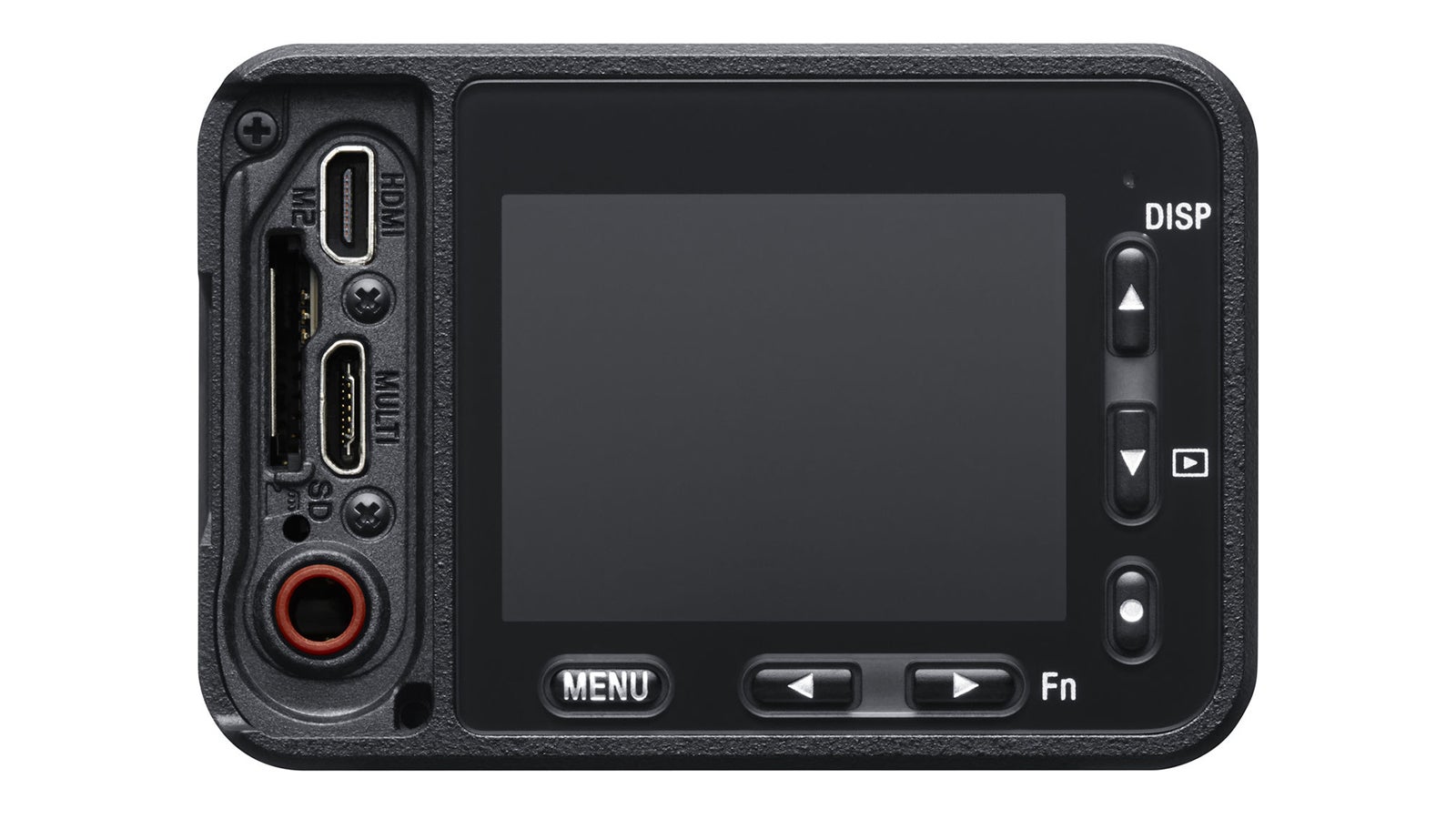
The RX0 exports an uncompressed 422 file from its MicroHDMI port




